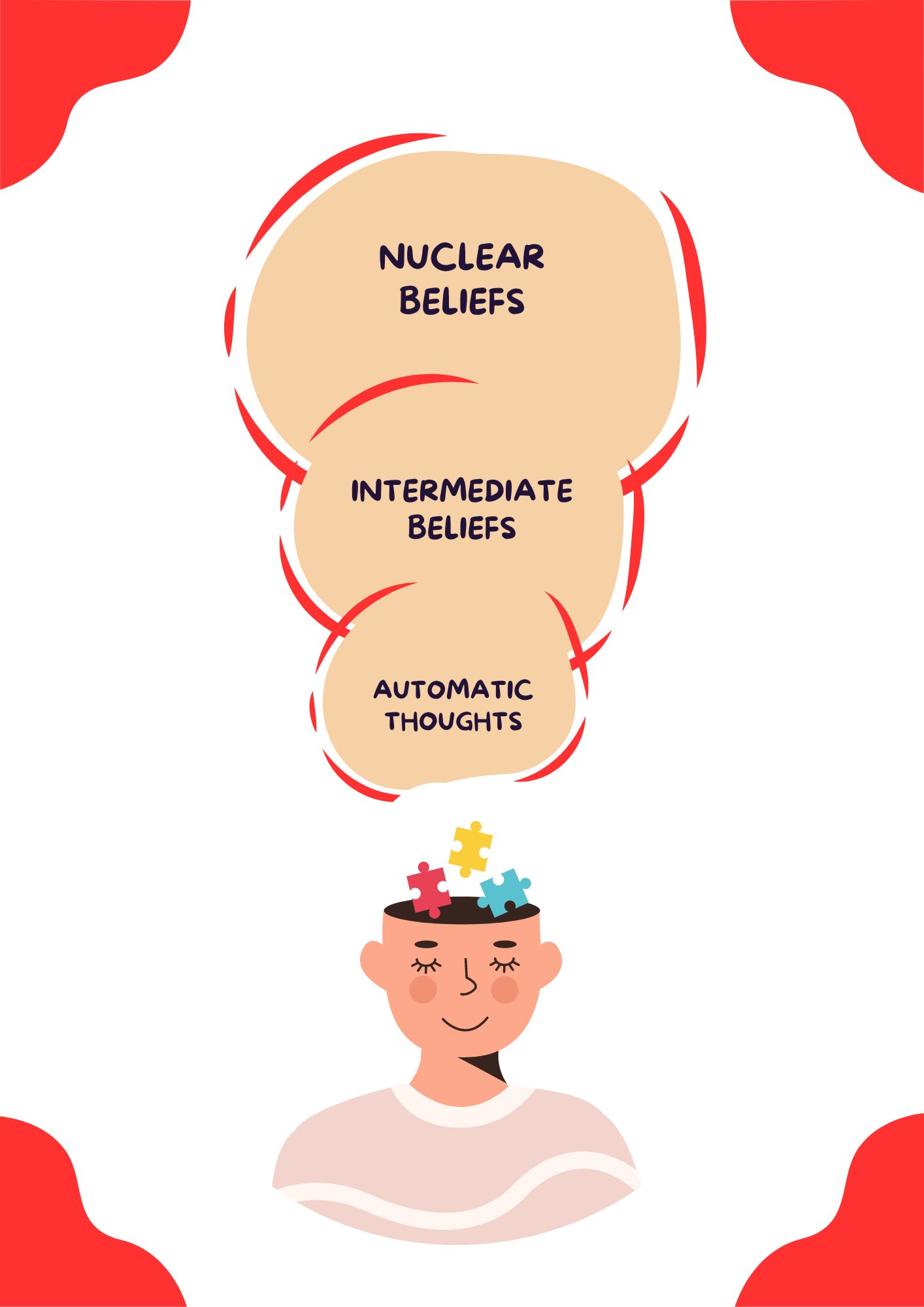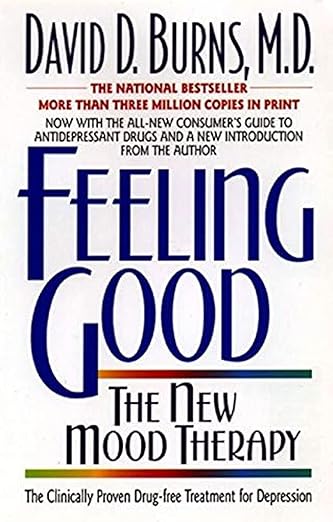These beliefs that invade us… How to self-regulate them?
Body sensations, during the first years of life, tell us what we need. Since we cannot put words, we learn from the eyes of a significant adult who interprets our demands and translates them.
In relationships with others, we perceive and understand ourselves, not as passive recipients, but by making inferences about the world, others and ourselves.
We build from reality, our own reality. The same situation affects different people in different ways, some exaggeratedly (amplifying), others based on a relatively objective severity (assuming), and others not at all (dissociating), leading to living in “parallel realities.” Circumstances do not determine what we feel, but the meaning we give them.
What is this problem due to?
Our state of mind (positive or negative) is configured by genetic, physical, developmental, family, environmental, cognitive and relationship factors that, in constant internal dialogue through words or mental images (constantly evaluate reality, others and ourselves), interpreting what happens to us and producing feelings and thoughts.
👉🏻 According to Aaron Beck’s cognitive therapy, there are three levels of thinking:
- Automatic thoughts: They are the easiest to access. They have to do with the question aboutWhat am I thinking now? If I am depressed, those thoughts will be negative and disturbing.
Ex: I feel bad, I’m tired… - Intermediate beliefs: More than thoughts, they are future assumptions of what can happen, if you do or don’t do certain things, accompanied by the famous «shoulds.» They serve to avoid having to face the third level, that of nuclear beliefs.
Ex: If I break down in this seemingly silly situation, it will mean that I have no control over my emotions. I should know how to control myself. - Core beliefs: They are beliefs about ourselves, others and the world, global, absolute and quite deep and unconscious. They tend to generalize. If we can access them, we will have great management keys for our fears and insecurities.
Ex: I’m in danger, I’m not good enough, I have to be perfect.

👉🏻 Ellis’s irrational beliefs
Albert Ellis, father of Rational Emotive Behavioral Therapy (REBT), predecessor of Beck, proposed three beliefs that he called irrational, due to the rigidity with which they are established in our minds and how they condition us.
- I must do things well and earn the approval of others. Otherwise, I’m bad.
- Others should treat me well. They must be kind and fair to me. They should treat me the way I want. Otherwise, they are bad and deserve punishment.
- The world should give me what I want and not what I don’t want. Otherwise, it’s terrible and I can’t stand it.
Through questions like:
- Why must you win everyone’s approval?
- Where is it written that other people must treat you fairly?
- Just because you want something, do you have to have it?
He proposes that if we manage to refute them and replace these limiting irrational beliefs with other rational, flexible and less dogmatic ones, they will be transformed into healthy, realistic and true beliefs about ourselves, others and the world.
👉🏻 Burns’ Common Self-Defeating Beliefs
David Burns classifies them differently, depending on the effects they produce.
Burns popularized cognitive behavioral therapy (CBT) when his book became a bestseller during the 1980s.
👉🏻 Cognitive distortions
They are biases in the thinking that we use when interpreting reality. Among them are:
– Polarized or dichotomous thinking (all or nothing): means interpreting events and people in absolute terms, without intermediate degrees, using terms such as; always, never or all when not justified by events.
– Overgeneralization: Take isolated cases and generate a valid conclusion for everything.
– Selective abstraction or mental filter: Focusing exclusively on certain, generally negative and disturbing aspects of an event, fact, circumstance or person to the exclusion of other characteristics.
– Disqualify the positive: Disregarding positive experiences, for arbitrary reasons.
– Jump to conclusions: Assuming something is negative when there is no evidence of it. For example, presupposing the intentions, attitudes or thoughts of others, or guessing the outcome of events before they happen.
– Projection: Attributing to others our thoughts that are not felt as our own because they generate anguish or anxiety.
– Magnification and minimization: Overestimate or underestimate the way a situation or people are. This can be done, for example, through a catastrophic vision of reality; denial of problems, weaknesses or errors; and a negative attitude towards events.
– Emotional reasoning: Formulate arguments based on how one feels without taking objective reality into account.
– Should and would have: Focus on what you think you should or would have to do, establishing rigid rules.
– Labelled: Assign global labels to something or someone, generally in absolute, unalterable terms or with strong preconceived connotations.
– Personalization: Attributing to oneself or another that they have been the direct cause of something, when most likely this has not been the case.
– Culpability: Blaming others for one’s own problems, or on the contrary, blaming oneself for those of others.
– Confirmatory bias: Biasing reality to fit our preconceived ideas.
So if we change the way we think and act, will the emotional state change?
The answer is YES.
![]()



